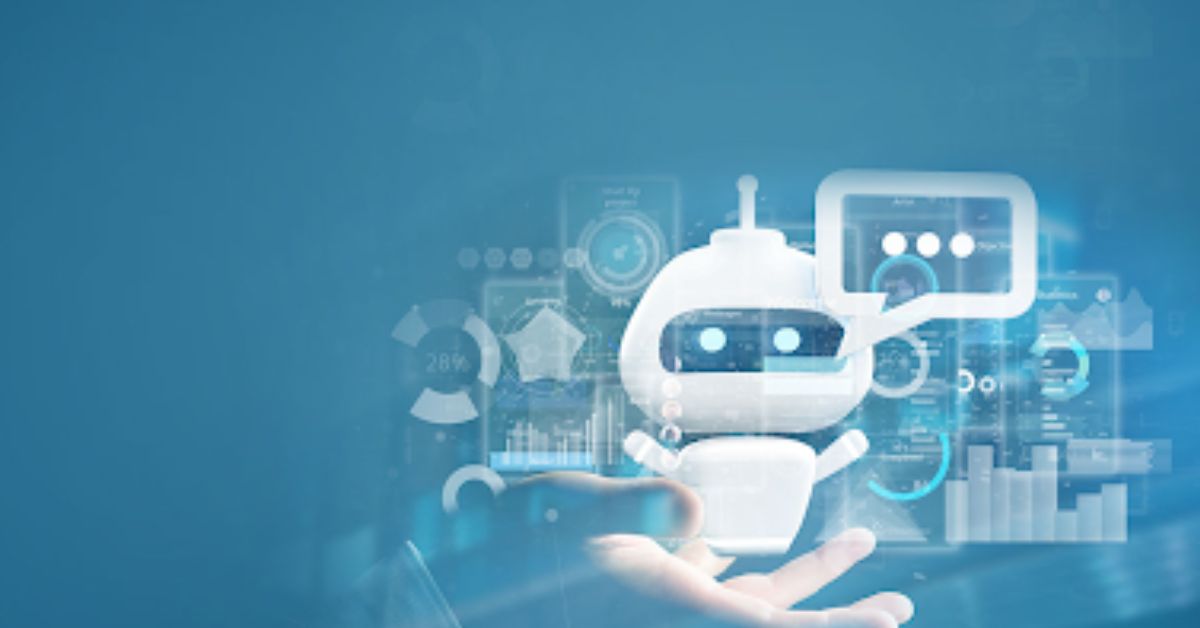Software development is entering a new era, one defined by speed, precision, and intelligent automation. Traditional workflows that once required hours of manual effort and coordination are being reshaped by smart tools and technologies. At the center of this evolution is bot-driven development, a forward-thinking approach that automates key parts of the software lifecycle using bots and AI-driven systems.
One of the most powerful enablers of this transformation is Decision Intelligence, a technology that helps development teams make data-informed choices faster and more confidently. When combined with automation, it empowers teams to move from reactive to proactive software engineering.
So what exactly is bot-driven development, and how is Decision Intelligence changing the game? Let’s dive in.
What Is Bot-Driven Development?
Bot-driven development refers to the use of automated bots to handle repetitive, rule-based, or data-intensive tasks within the software engineering process. These bots can operate across different stages of development, from coding and testing to deployment and monitoring, acting as silent team members that never tire, never miss a deadline, and always follow the rules.
Think of it as DevOps on autopilot, where bots help enforce best practices, reduce errors, and boost team productivity without constant manual intervention.
Key Areas Where Bots Are Transforming Software Engineering
1. Automated Code Generation
Bots can now assist developers in writing boilerplate code, suggesting syntax, and even generating full-function blocks based on predefined patterns. Tools like GitHub Copilot have shown how AI-driven bots can act like co-pilots, offering intelligent code suggestions based on the context of what a developer is working on.
2. Continuous Integration and Continuous Deployment (CI/CD)
CI/CD pipelines are prime real estate for automation. Bots monitor repositories, detect changes, run builds, and initiate automated testing sequences. When everything passes, they can deploy code to staging or production environments with minimal human input, drastically reducing time-to-market and ensuring more frequent releases.
3. Automated Testing and Quality Assurance
Testing is one of the most time-consuming phases in software development. Bots can automate unit testing, integration testing, and even UI testing using frameworks like Selenium, Cypress, or Playwright. They identify regressions, send alerts, and generate comprehensive test reports, enabling teams to detect issues earlier and fix bugs faster.
4. Code Reviews and Compliance Checks
Code review bots can enforce style guides, detect code smells, and check for security vulnerabilities automatically. They act as a first layer of defense, flagging concerns before human reviewers step in. This ensures that teams maintain clean, maintainable code while saving valuable time.
5. Monitoring and Incident Response
Post-deployment, bots can monitor system health, track performance metrics, and raise alerts when anomalies occur. In some cases, bots can even take corrective actions, such as restarting failed services or rolling back deployments, reducing downtime and improving reliability.
Why Teams Are Embracing Bot-Driven Development
Faster Delivery Cycles
Automation reduces bottlenecks and accelerates development cycles. With bots handling tasks in real time, teams can ship features and fixes more frequently, giving businesses a competitive edge.
Reduced Human Error
Repetitive manual tasks are prone to mistakes. Bots follow instructions precisely, ensuring consistency and reducing the risk of critical issues slipping through.
Enhanced Developer Productivity
Developers can focus on creative problem-solving instead of mundane tasks. This shift leads to greater job satisfaction and better-quality software.
Improved Scalability
As organizations grow, managing complex workflows across teams becomes challenging. Bots provide scalability without the need to scale headcount at the same rate.
Challenges and Considerations
While bot-driven development offers significant advantages, it’s not without challenges.
- Over-automation Risks: Relying too heavily on bots can lead to a “black box” development process where teams lose visibility or control.
- Initial Setup Costs: Implementing automation tools and training bots requires upfront investment, both in time and resources.
- Security Implications: Bots operating at various levels of the stack can become targets for exploitation if not secured properly.
Organizations must balance automation with oversight, ensuring human intelligence remains central to strategic decisions.
The Role of AI in Bot-Driven Development

The rise of AI is adding a new dimension to bot-driven development. Rather than executing only pre-defined rules, AI-powered bots can learn from historical data, predict outcomes, and offer intelligent suggestions.
This includes AI-driven code completion, predictive test case generation, anomaly detection in logs, and adaptive CI/CD pipelines. As AI models become more accurate, the scope of what bots can handle will only expand.
The Future of Automated Development
The future of software engineering is undeniably intertwined with automation. As bots become smarter and more deeply embedded in the development lifecycle, the role of human developers will evolve, focusing more on architecture, design thinking, and innovation.
Bot-driven development doesn’t aim to replace human talent; rather, it amplifies it. By offloading the repetitive and mechanical parts of engineering, it creates room for higher-value contributions and a more sustainable development pace.
Final Thoughts
Bot-driven development is not just a trend; it’s a strategic approach to modern software engineering. By embracing automation across the pipeline, organizations can achieve faster releases, better code quality, and more resilient systems.
However, success lies in thoughtful implementation. It’s not about automating everything; it’s about automating the right things, at the right time, for the right reasons.
Ready to modernize your development workflow? Discover how bot-driven development can streamline your processes, enhance productivity, and future-proof your engineering teams.











